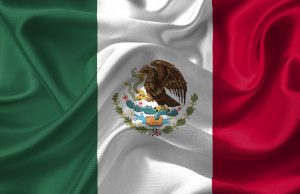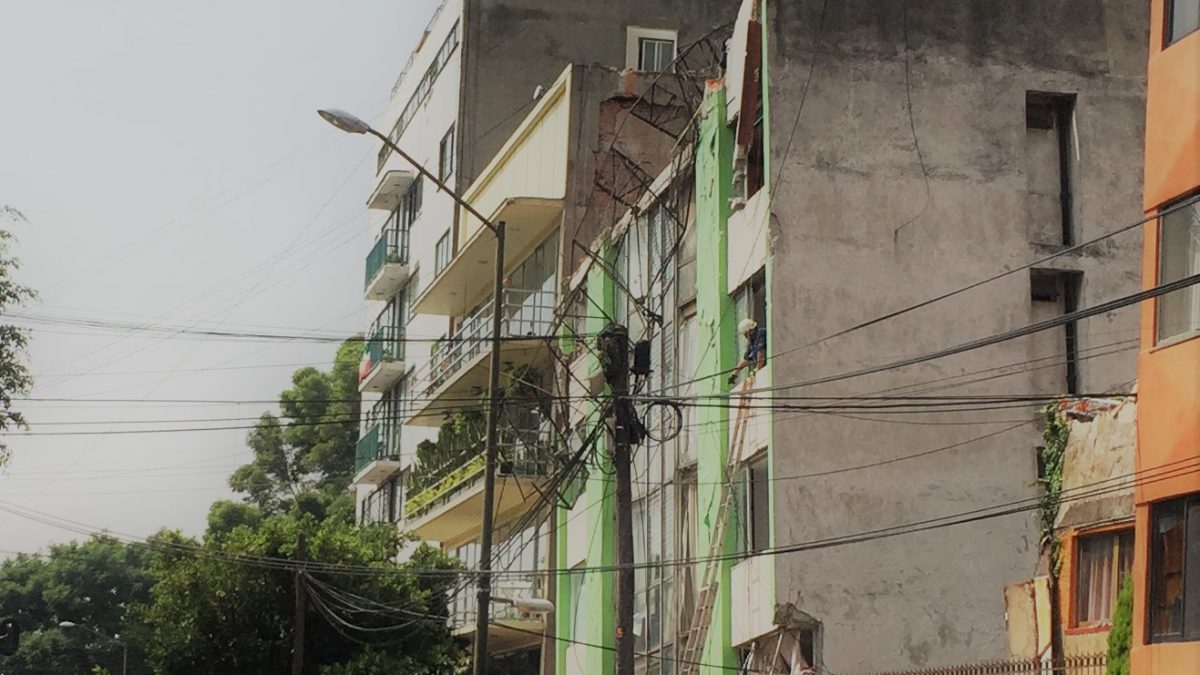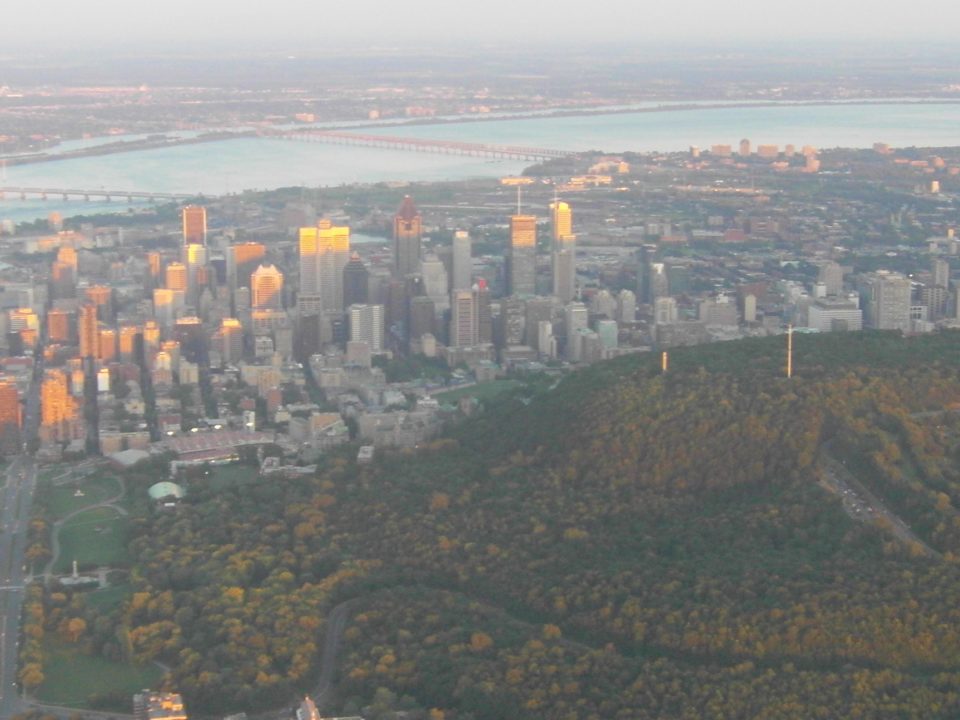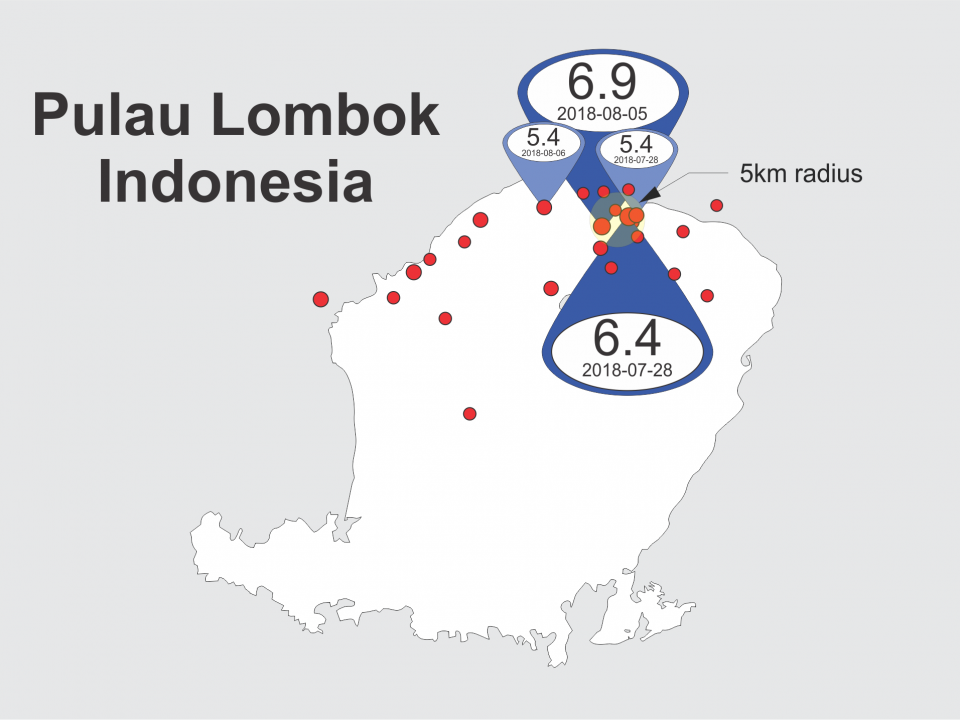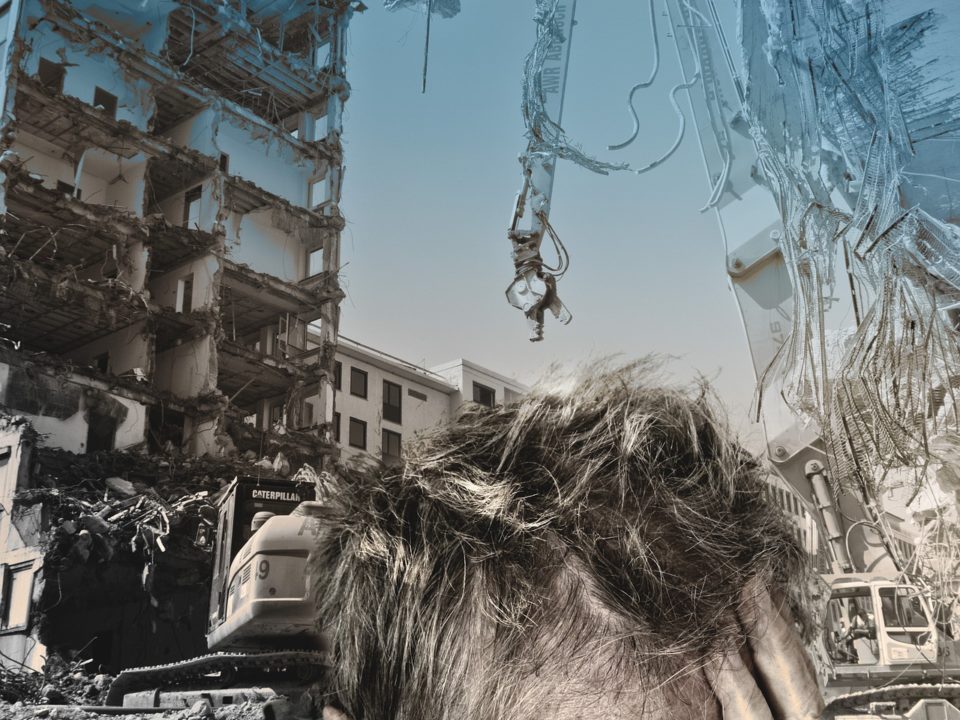Humbled by Mexico’s Earthquakes, a Canadian perspective

Homeless After an Earthquake?
December 4, 2016
Lombok, Bali Indonesia Struck by 2 Major Earthquakes in a Week
August 7, 2018What are the odds that on your way to an earthquake conference you’ll experience a major earthquake? En route to the XXI Mexican National Congress in Earthquake Engineering in Guadalajara we stopped in Mexico City, being September 19th the anniversary of Mexico’s 1985 earthquake, the annual earthquake drill was scheduled and it was actually fun to participate. Only a few hours later, however, we were performing the same drill, but this time, for real.
We felt the ground start to shake slowly at first, gradually more, then rising suddenly as the building shook and seemed to heave (changing to trepidation perhaps). We forgot our stop, drop and cover training and just remained still, after a few seconds the sirens went off and we took cover for what seemed like a least a minute of shaking. As soon as the shaking stopped we made our way out of the building joining the other occupants of our hotel. There was a sense of calm at first as people moved into the streets. We were truly unaware of what to expect.
In some parts of the city, roads and overpasses cracked, the smell of gas in the air, causing gridlock throughout. Worse, buildings started collapsing causing panic in many areas. Amidst the initial panic, people joined together, almost immediately. Some took up the task of directing traffic to help emergency vehicles pass while others went towards more affected areas to help provide immediate relief. The phone networks were quickly clogged as people rushed to call loved ones. The power was out and there was an unsettling feeling of, what do we do? Where do we go? Is it safe to go back inside? Where do we sleep tonight?
The solidarity was moving, as people quickly organized themselves and did not seem to wait for government assistance. Young volunteers arrived by the dozen in the back of pickups to collapsed buildings to help move away debris and signs saying “acopio” (makeshift locations to collect supplies for those in need of aid) popped up everywhere. Police blocked off roads to control the flow of traffic and allow rescue workers and volunteers to work. There were calls for silence, to listen for people trapped underneath the debris, people had already made lines to move debris away from fallen buildings and search for survivors. The total loss of life is still being assessed and many have lost or are in the process of losing their homes.
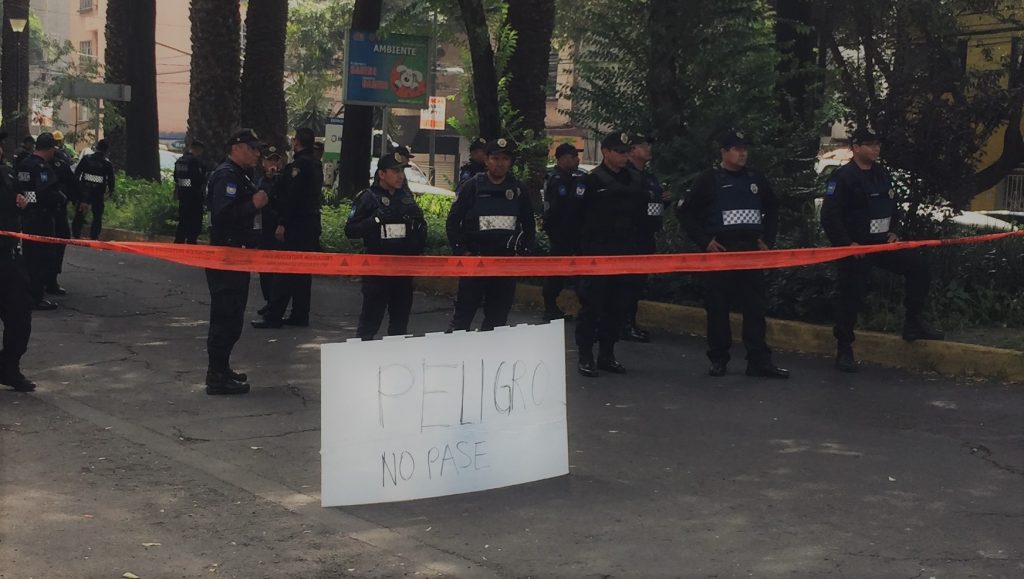
By the end of the next day, the less affected areas were already mostly cleaned up and the city was out surveying buildings for ductile damage and condemning those that were too dangerous to return to. In the more affected areas, such as the Roma neighborhood we visited, buildings continued to collapse throughout the next day under their own weight, even without an aftershock.
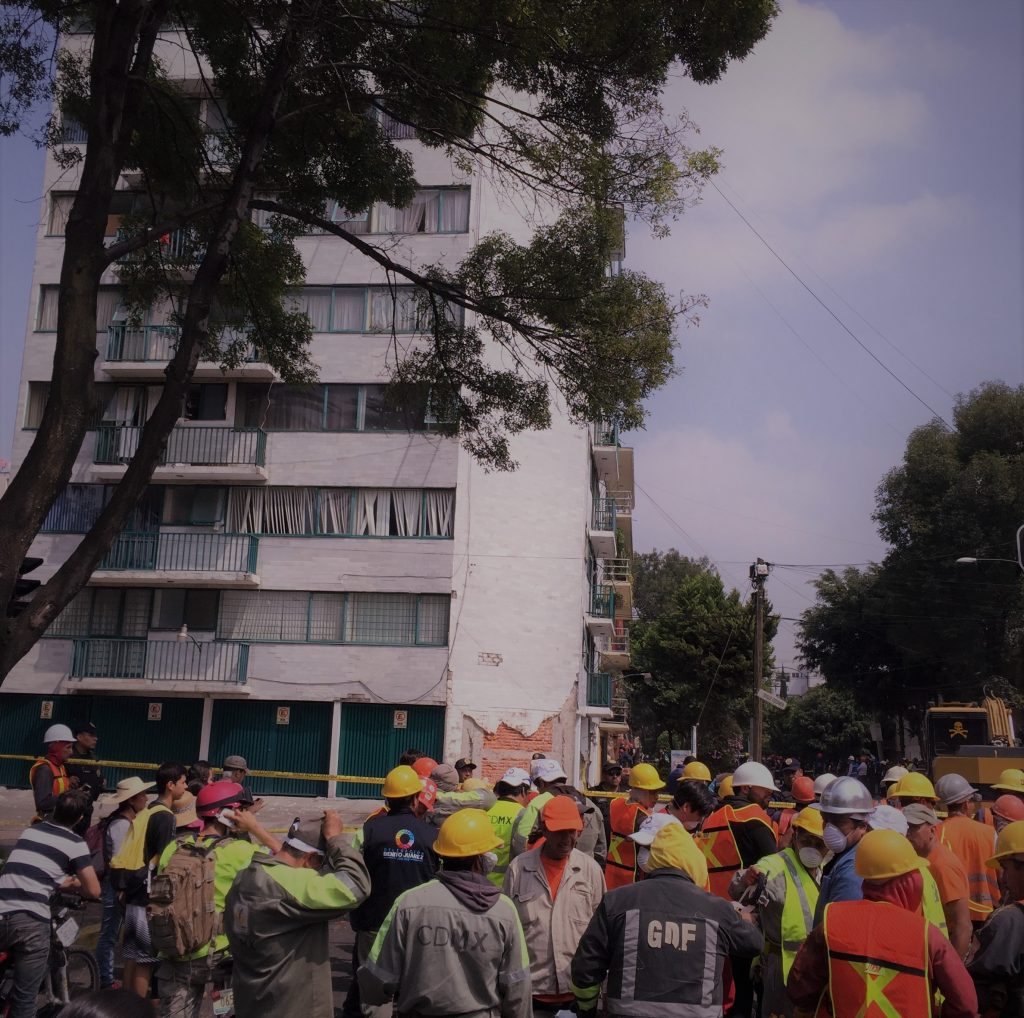
The reality of experiencing this kind of earthquake firsthand is a terrifying, humbling and frustrating experience. We can’t help but think what would happen if such an earthquake were to hit a major Canadian or US city? Would we be as well prepared, would we show the same courage and resilience? I’m not sure we would fare much better. With our similar design philosophy and lack of forced structural rehabilitation, many North American cities would see similar or worse damage. As constant reminders of the shear power of earthquakes will regrettably continue, we need to build more resilient cities today, we have the tools and the knowledge and there is so little we can do after the fact. We cannot gamble with peoples lives and livelihoods. After the earthquake, we can only band together and pray that the aftershocks won’t worsen the burden.
